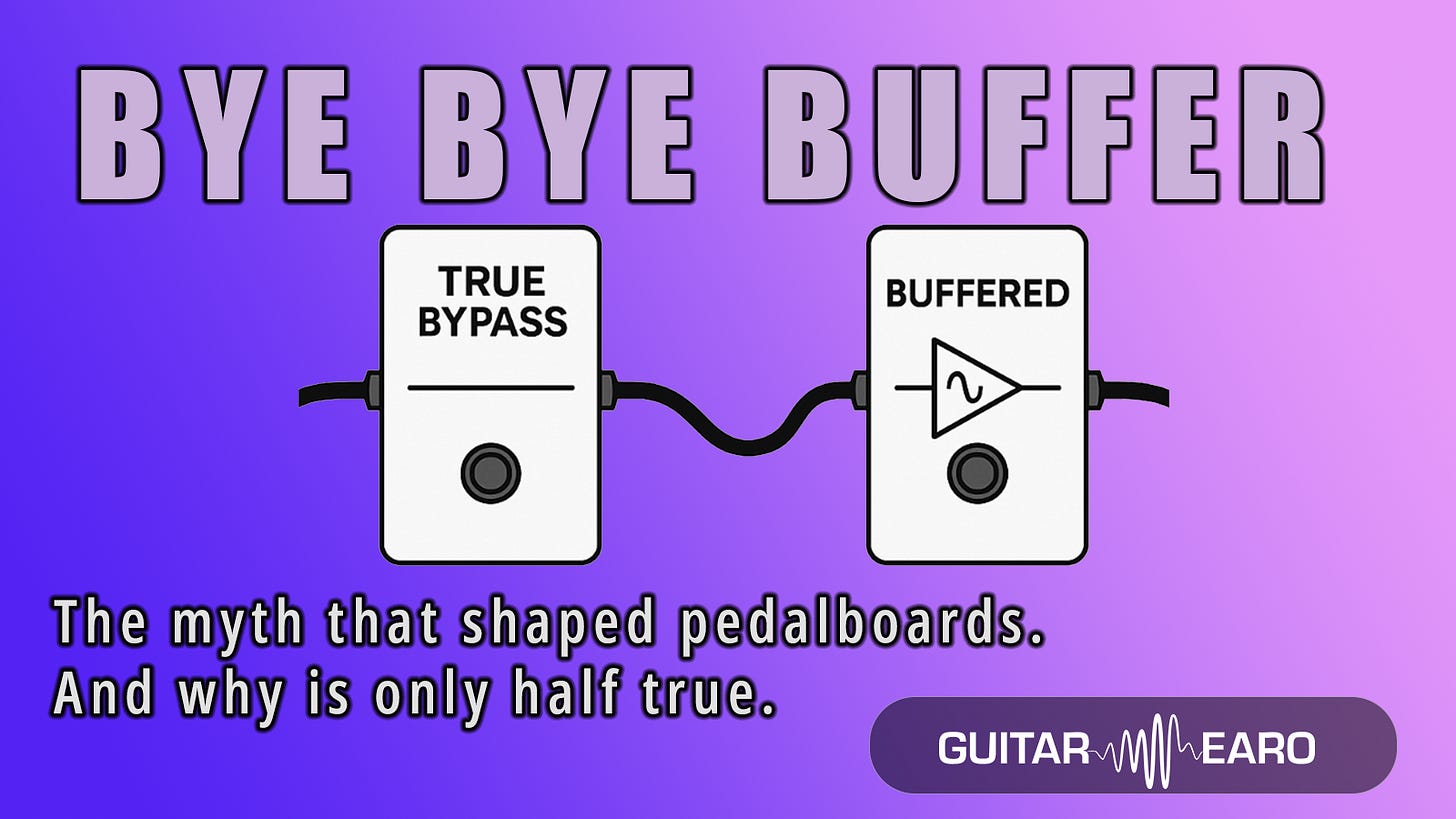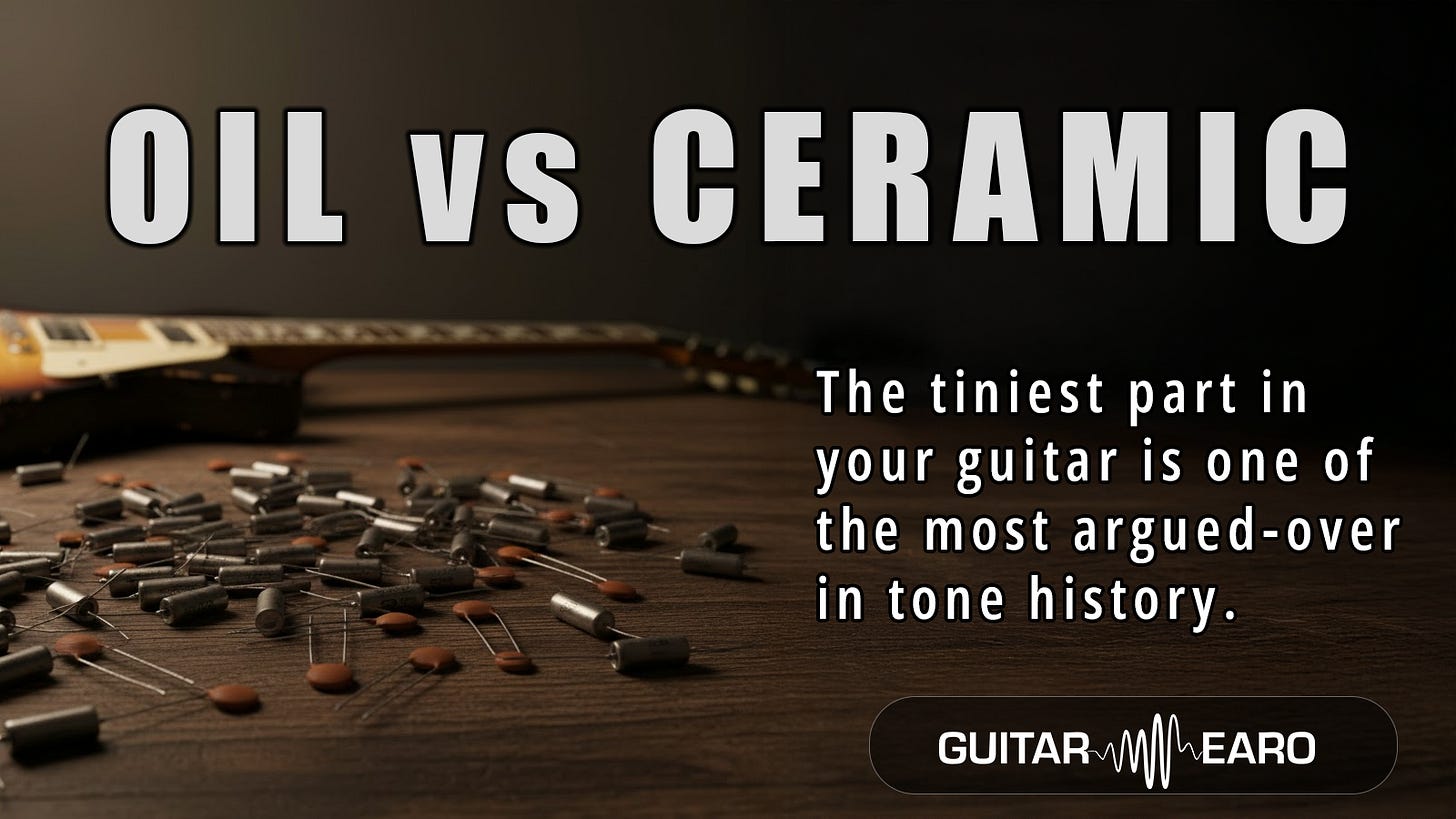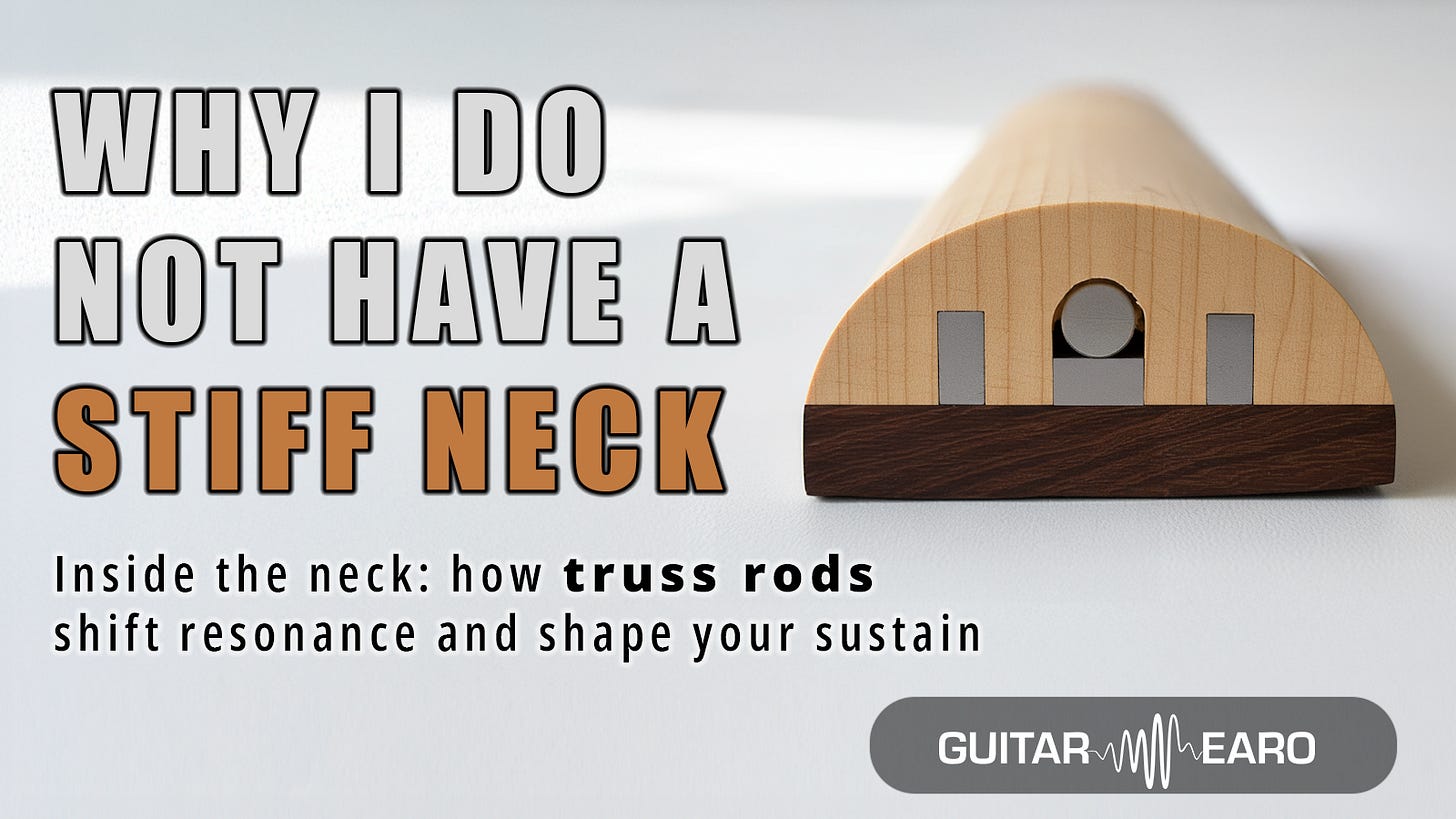Ever since boutique builders in the 1990s started stamping “TRUE BYPASS” on enclosures, players have been locked in a near-religious war over whether it is inherently superior to buffered bypass.
The slogan stuck: true bypass = purity, buffer = tone suck.
The problem is, that equation is not universally true. Let’s unpack it with hard detail.
1. What “True Bypass” Actually Means
A true-bypass pedal uses a mechanical 3PDT (or sometimes relay-based) switch to route your input directly to output when the effect is off.
The pedal’s circuit is physically disconnected.
In theory, the only thing in line is the wiring, switch, and jacks.
The promise: no “tone suck.”
But: every extra foot of cable adds capacitance, typically 20-40 pF per foot. With a passive high-impedance guitar output (say 6-10 kΩ), that capacitance forms an RC low-pass filter. Translation: treble loss.
So if you run ten pedals, all true bypass, plus a 20-foot input cable and 20-foot output cable, you are loading the guitar with ~1000 pF or more. That is audible as a roll-off in the 3-5 kHz range, like turning your tone knob down a notch.
2. What a Buffer Actually Does
A buffer is a simple high-input-impedance, low-output-impedance amplifier stage. In pedals, this often looks like:
JFET op-amp with 1 MΩ input, <100 Ω output.
The guitar sees almost no load.
The long cables “see” a source that drives them without treble loss.
Well-designed buffers are essentially sonically transparent. They do not boost or EQ, they just preserve what is there.
3. The Real-World Pedalboard Chain
All true bypass, no buffer: Works fine if you have 2-3 pedals and 15 ft cables. Add more pedals and 30-40 ft of cable, and your “pure” signal becomes dark and rolled-off.
All buffered: Common with Boss, Ibanez, etc. One or two buffers are actually helpful. Too many in series, especially bad designs from the ’80s, can sound sterile or compressed.
Mixed chain (optimal): Place a good buffer early (to stabilise signal) and one at the end (to drive the amp). Keep sensitive pedals (Germanium fuzz, vintage treble boosters) before the first buffer because they rely on direct pickup loading.
This is why Pete Cornish, who built rigs for Gilmour, always insisted on master-quality buffers throughout a board. It keeps everything stable regardless of cable length.
4. Why the Myth Persisted
Marketing: Boutique makers in the ’90s needed a differentiator from Boss. “Tone suck” became the enemy, “true bypass” the cure.
Player experience: A bad buffer (cheap op-amps, low input impedance) can kill dynamics and sound dull. Many players encountered those before hearing a good one.
Forum culture: Once “true bypass = pure” was entrenched, nuance got lost.
5. Numbers to Put It in Perspective
A Strat pickup into a 20 ft cable (600 pF) can shift the resonant peak from ~3.5 kHz down to ~2.5 kHz. That’s the difference between sparkle and dullness.
Add another 20 ft of patch cables, and you are closer to 2.0 kHz.
One Boss buffer (1 MΩ input, <100 Ω output) will hold that peak steady, regardless of cable length.
That is why some players swear their rig “comes alive” when they add a single buffer in the right place.
6. Practical Takeaways
Do not treat “true bypass” as a religion.
If your board is small, you can stay true bypass and be fine.
If your board is large or your cables are long, you need at least one good buffer.
Place fuzzes/treble boosters before any buffer to keep their interaction with pickups intact.
Remember: quality of the buffer matters more than the label on the pedal.
Closing Thought
True bypass was a necessary correction to bad ’80s buffers. But the pendulum swung too far. Today, smart players know the answer is balance.
The real question is not “True bypass or buffered?” It is: “Where should my buffers live to keep my tone consistent?”



